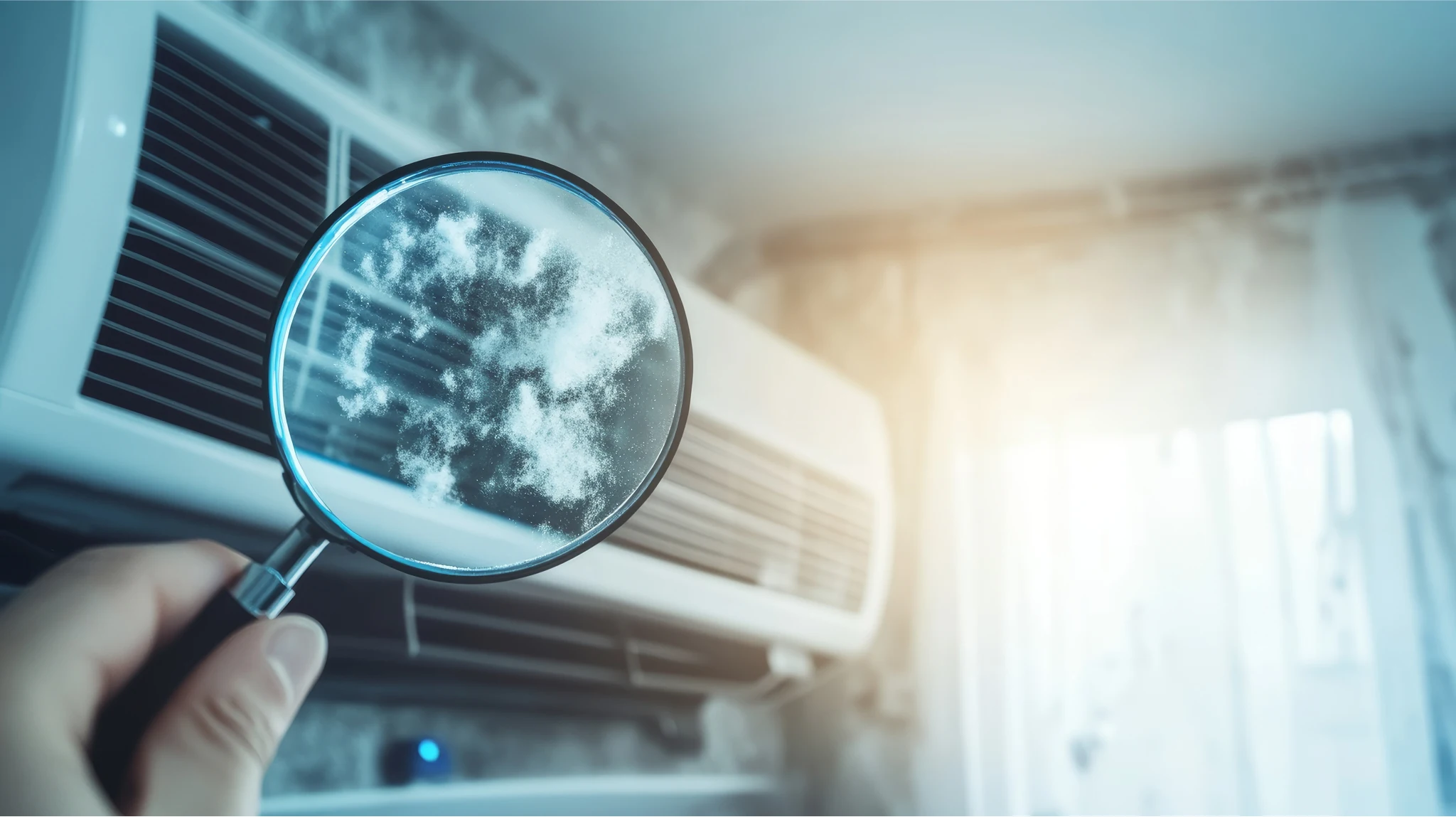When we think about air pollution, we often picture smog-filled cities or exhaust fumes from heavy traffic. But what if we told you that the air inside your home, office, or school could be even more polluted than the air outside?
Indoor air quality (IAQ) is an often-overlooked aspect of our health and well-being. Yet, according to the U.S. Environmental Protection Agency (EPA), indoor air can be two to five times more polluted than outdoor air — and in some cases, up to 100 times worse. Since most people spend around 90% of their time indoors, understanding and improving IAQ is critical.
What Is Indoor Air Quality?
Indoor air quality refers to the condition of the air inside buildings, particularly as it relates to the health and comfort of the people who occupy them. It’s influenced by a variety of factors, including:
- Pollutants like dust, mold, pet dander, and tobacco smoke
- Chemicals from cleaning products, paint, furniture, and flooring
- Outdoor contaminants that find their way inside, such as pollen and vehicle exhaust
- Ventilation and humidity levels, which affect how pollutants accumulate or disperse
Common Sources of Indoor Air Pollution
Understanding what contributes to poor IAQ is the first step toward fixing it. Here are a few of the most common culprits:
- Household Cleaners & Disinfectants: Many cleaning products release volatile organic compounds (VOCs), which can trigger headaches, eye irritation, and even long-term respiratory problems.
- Mold and Mildew: Damp areas like basements and bathrooms are breeding grounds for mold, which can release spores and mycotoxins into the air.
- Cooking and Heating: Gas stoves, fireplaces, and space heaters can emit nitrogen dioxide, carbon monoxide, and other harmful gases.
- Pets: Even if you’re not allergic, pet dander and fur can contribute to poor IAQ.
- Building Materials: New carpets, furniture, and paints often “off-gas” VOCs for weeks or even months.
Health Effects of Poor Indoor Air
Short-term symptoms of exposure to indoor air pollutants may include:
- Coughing
- Sneezing
- Eye, nose, or throat irritation
- Headaches
- Fatigue
Long-term exposure, especially in people with asthma, allergies, or compromised immune systems, can lead to more serious issues like:
- Chronic respiratory diseases
- Cardiovascular problems
- Certain types of cancer
Children, the elderly, and those with pre-existing conditions are especially vulnerable.
How to Improve Indoor Air Quality
Luckily, improving your indoor air doesn’t require a complete home makeover. Here are some simple and effective strategies:
- Increase Ventilation
Open windows when weather permits. Use exhaust fans in kitchens and bathrooms. Consider installing an energy recovery ventilator (ERV) for better air exchange. - Use Air Purifiers
HEPA-filtered air purifiers can trap particles like dust, pollen, and pet dander. Look for one suited to your room size and specific needs. - Control Humidity
Keep humidity levels between 30–50% to prevent mold and dust mite growth. Use a dehumidifier in damp areas and fix leaks promptly. - Choose Non-Toxic Products
Opt for cleaning supplies, paints, and furnishings labeled “low-VOC” or “zero-VOC.” - No Smoking Indoors
Cigarette smoke is one of the most toxic indoor air pollutants. Enforce a strict no-smoking policy inside the home. - Regular Maintenance
Change HVAC filters regularly. Clean vents, ducts, and fans. Have your furnace and air conditioning system inspected annually.
Final Thoughts
Indoor air quality is a silent factor that can dramatically affect your health, mood, and productivity. The good news? A few mindful changes can lead to fresher air, a cleaner home, and a healthier life.
So take a deep breath — but make sure it’s a clean one.
Interested in improving your indoor environment? Start by calling TemperaturePro Saskatoon and have one of our techs help you monitor and assess your home’s air quality, and take small steps toward a healthier indoor space. Your lungs will thank you!






